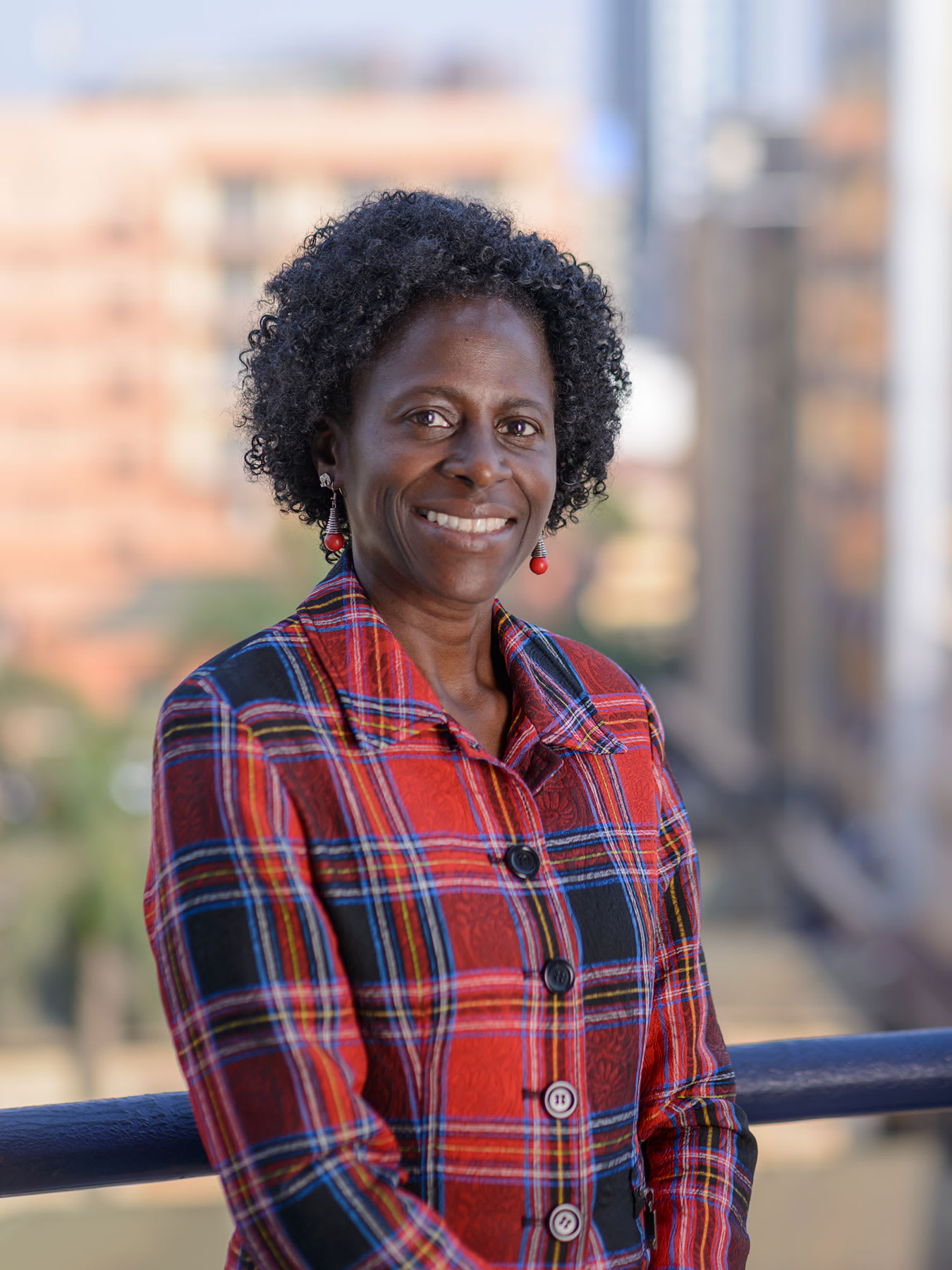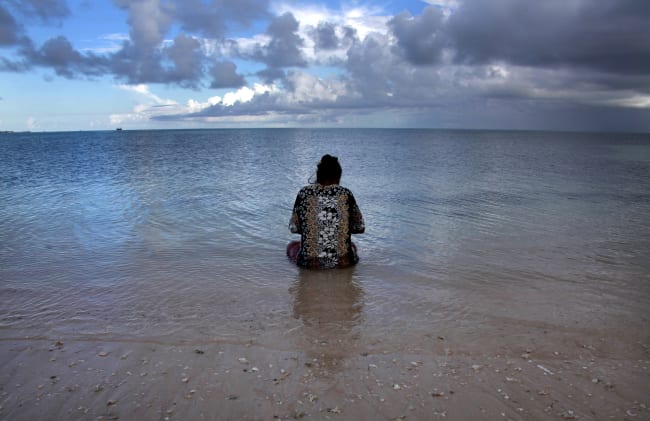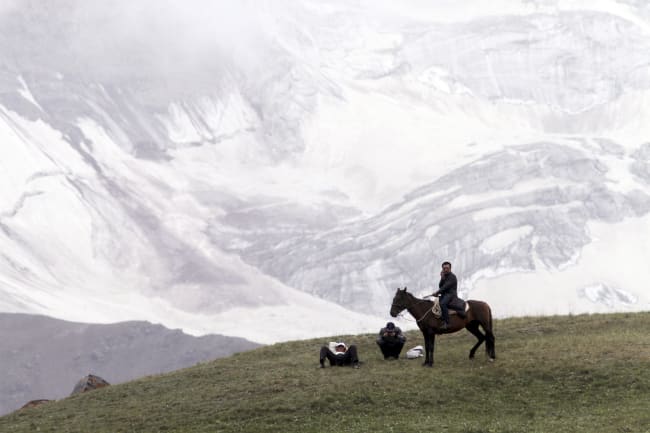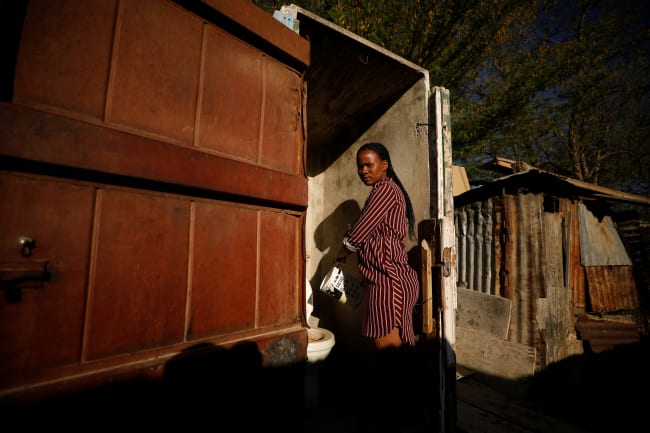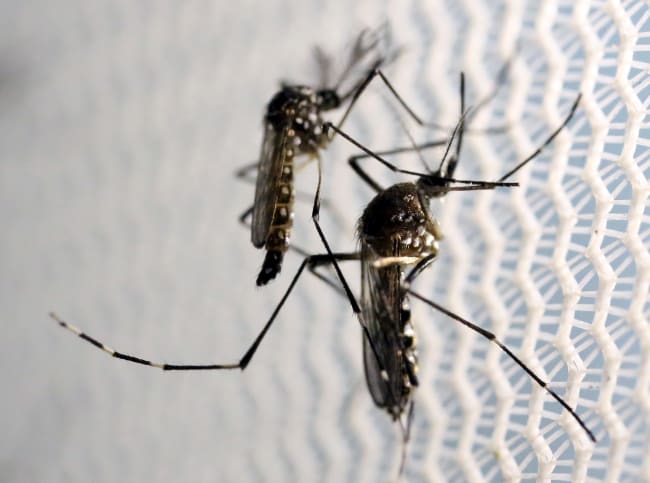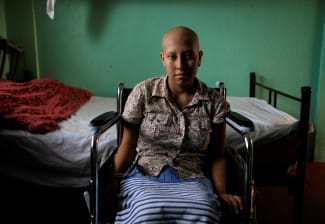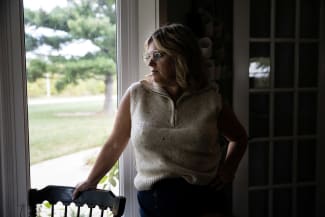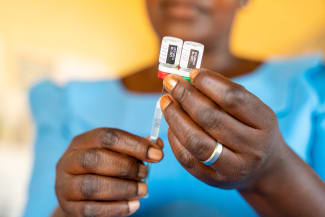Among the most significant problems in global health, injuries cannot be overlooked. For people between the ages of five and forty-four years, injuries are one of the top three causes of death worldwide, killing 4.5 million people globally in 2017. Even when injuries do not result in death, they can inflict serious disability and lifelong misery on survivors and impose heavy costs on health care systems, families, and individuals. The economic, social, and health consequences are disproportionately borne by the low-income countries that can least afford them. Deaths from injuries have been declining in every region except in sub-Saharan Africa, where they have been increasing as share of the deaths in the region since 2010. So what is driving this increase in mortality from injuries in sub-Saharan Africa and what can be done about it? The editors of Think Global Health put those questions to Olive Kobusingye, founding executive director of the Injury Control Center, at Makerere Medical School in Kampala, Uganda.
□ □ □ □ □
Think Global Health: What are some of the more common types of injuries you see in Uganda?
KOBUSINGYE: So the big ones: road traffic crashes, for sure. In this region, about a quarter of the injury deaths are going to be resulting from road traffic crashes alone—in some countries as high as 30 percent. In some hospitals 40, 50 percent of department beds are going to have just road traffic crash injuries. So road traffic is huge.[That's] quickly followed by others, such as falls, burns.
injury deaths due to traffic crashes in some areas
Drownings we don't get to see in hospitals, but they are a huge burden in terms of the communities. And then violence… assaults, but also suicides. So those would be the big ones. In terms of drowning, [historically] we didn't have very good data, and so we're just beginning to think, well, there probably has always been a lot of drowning. The burden has always been high, and we just weren't good enough at capturing it. But even so, there seems to be increased risk, as a result of population pressure, but also climate change. There are more drownings happening as a result of floods, but also just more people going into areas where access to water is unimpeded and so increasing risk.
□ □ □ □ □
Think Global Health: Central sub-Saharan Africa has drowning rates more than double the rest of the world. What drives that? Why is drowning in particular such a problem in that particular region?
KOBUSINGYE: So we've been looking at drowning and trying to understand—to get a handle on the burden—but also to understand the circumstances in which people drown. That's actually the work that we've been doing with the support from [Bloomberg Philanthropies].
On the lakes, the activity that seems to be driving the big numbers is the boating
And what we realized was, first of all, there is drowning that is occurring in communities that are around lakes. So, for instance, in this region, Lake Victoria and the countries that surround it—Uganda, Kenya, Tanzania—[have] very high rates in amongst the lakeside communities, but also along rivers, and then substantially fewer drownings in areas where they are not exposed to these huge natural water bodies. That, we think, is one explanation.
So on the lakes, the activity that seems to be driving the big numbers is the boating. And quite often it's either fishing or just water transportation. There is very little use of lifejackets. In one of our studies, half the people who use the lake on a regular basis [say] they can't swim. There are virtually no search-and-rescue facilities.
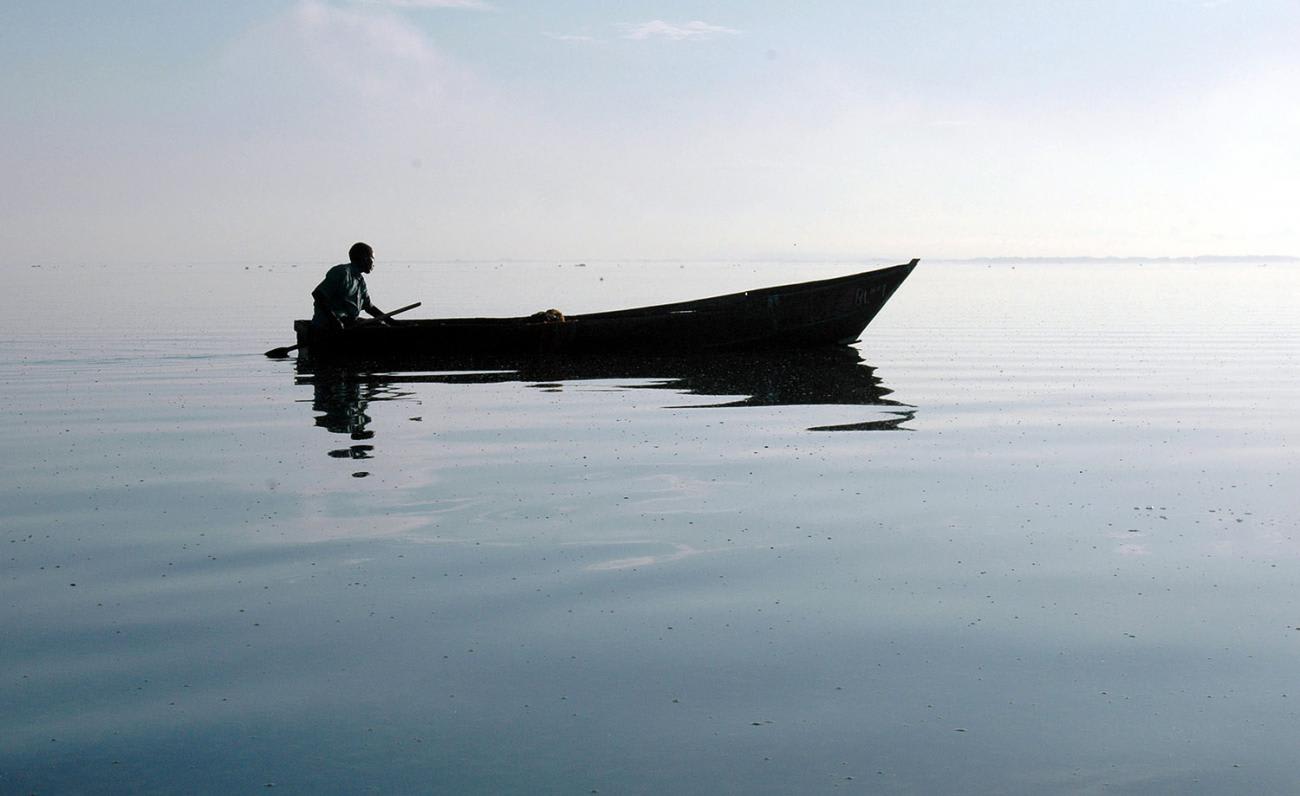
So there are many risk factors that congregate around these communities—result in these high rates of drowning—which are quite different from, for instance, Southeast Asia, where the drownings are amongst, you know, the under-fives and they're drowning around the homesteads. But here, a majority of people are actually drowning away from their homes, and they are young adults. They are not small children.
Other drownings that we've seen are those that are happening in, for instance, fish ponds or valley dams where people are taking their cattle or other livestock to water. So again, an occupational kind of setting where these drownings are happening.
□ □ □ □ □
Think Global Health: You mentioned that there were increased numbers of drowning of adults due to climate change and flooding—would you characterize these as occupational-related drownings?
KOBUSINGYE: Some of them are, and those are the ones that are not captured in WHO data. WHO drowning data does not include drownings that are the result of floods or natural disasters. So they actually exclude both those, which happen to be common in certain environments such as our own.
In the heavy rainy seasons, the lake tends to be quite violent
For instance, in the heavy rainy seasons, the lake tends to be quite violent. And so the common reasons that people have given us for drownings on the lakes are the boats are overloaded or the vessels were maybe not very good quality to begin with—but also the unpredictable weather. So when the weather on the lake changes, boats just capsize. They were overloaded anyway. People can't swim. And so, you know, the boat gets washed away. And sometimes nobody knows how many people were on the boat, nobody knows how many people they're looking for in the water. That's the situation.
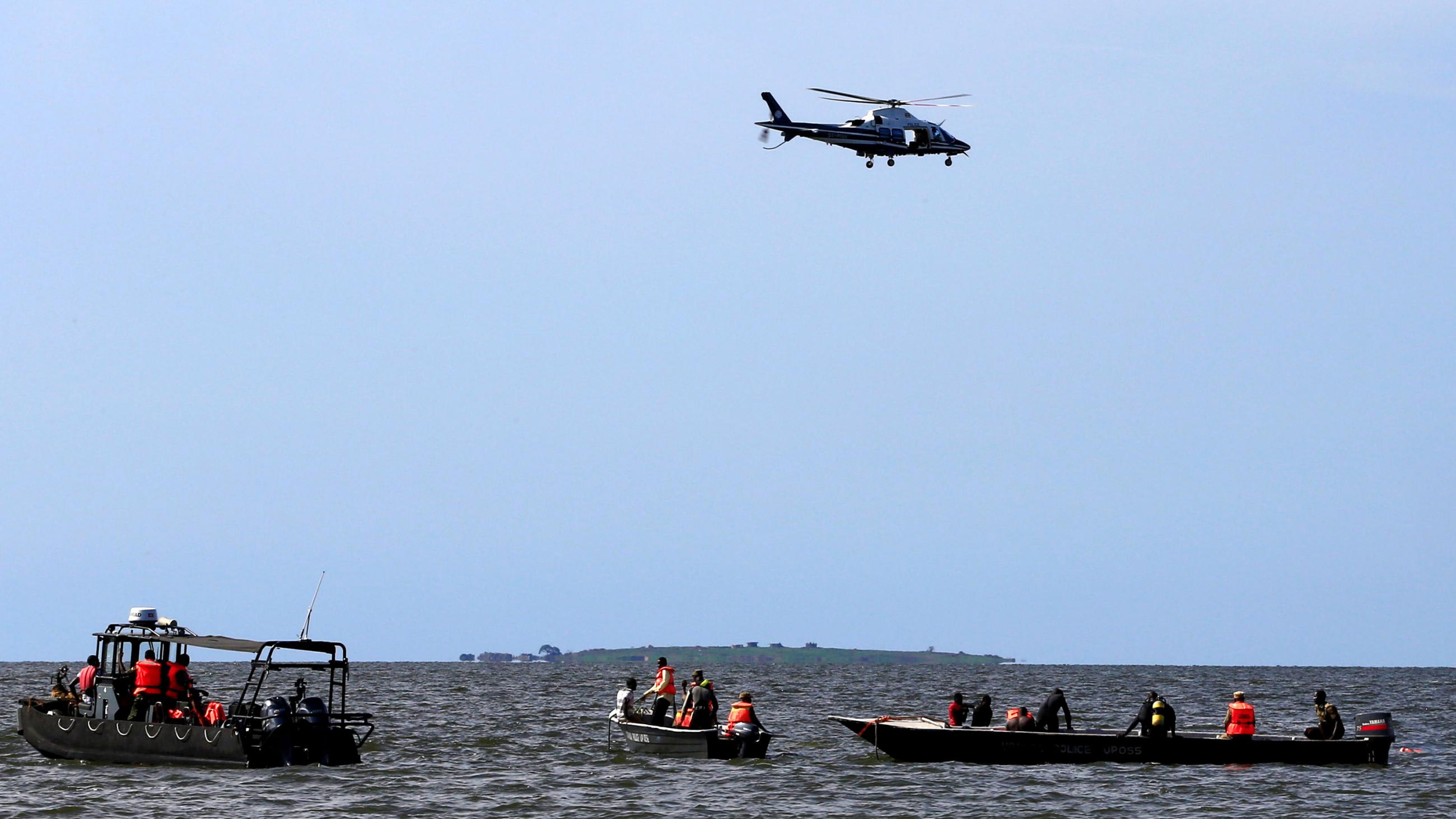
□ □ □ □ □
Think Global Health: what are some of the potential solutions around boat safety? More lifejackets? More patrols and first responders? Educational approaches? More regulations?
KOBUSINGYE: I think it would have to be a combination of those. For instance, in terms of bringing in legislation and enforcing it around what kind of vessels can be on what type of waters, and use of flotation devices. Right now, even in Uganda it's still just being brought up, the idea that every vessel that goes out that carries people should have lifejackets, and it's very poorly enforced. But there are other things—the idea that small vessels should still have onboard the ability to call for help, for instance. Some of these are not hugely expensive; it's just that nobody has brought them up. Nobody has enforced them.
I think we need to come at [the problem] from different angles—not just any one thing, but maybe a raft of interventions that would then give some kind of safety net, that if one didn't have this one they might have this. One might have a lifejacket. If there was a search and rescue, they might be able to find them before they've gone under, whereas currently there is virtually nothing.
Countries like Uganda, like Tanzania, need to come up with a national water safety strategy and action plan…
So I think there are policy things around regulating of vessels and their operation. There might be educational components targeting people who operate these vessels. There might be something to be said about education broadly for communities that live around the lake that we know have much higher rates than others. Ultimately, what needs to happen is that countries like Uganda, like Tanzania, need to come up with a national water safety strategy and action plan that is considering all the different things that lead to drowning, that lead to a lack of water safety.
We need to look at water transportation as a sector. We need to look at fishing as a sector. It's a huge stakeholder, and a lot of the people on these lakes—these rivers—are actually there as part of their occupation. And swimming. And so we could look at these different sectors and see how to come up with a cohesive water safety action plan or strategy that then addresses the different components.
□ □ □ □ □
Think Global Health: Where do you see things working in the global fight to reduce injuries? What gives you hope?
KOBUSINGYE: Yeah. So I think sometimes one can almost despair thinking that the problem is very huge and what can we do about it. But we've seen countries like Bangladesh that had even higher rates [of injury deaths] have managed to reduce them because they understood what the problem was and they then designed interventions based on local data that were input to address their problems. And I think that's where one would get inspiration to say once we understand the exact circumstances for ourselves, then we need to design or to adopt interventions that will work where we are.
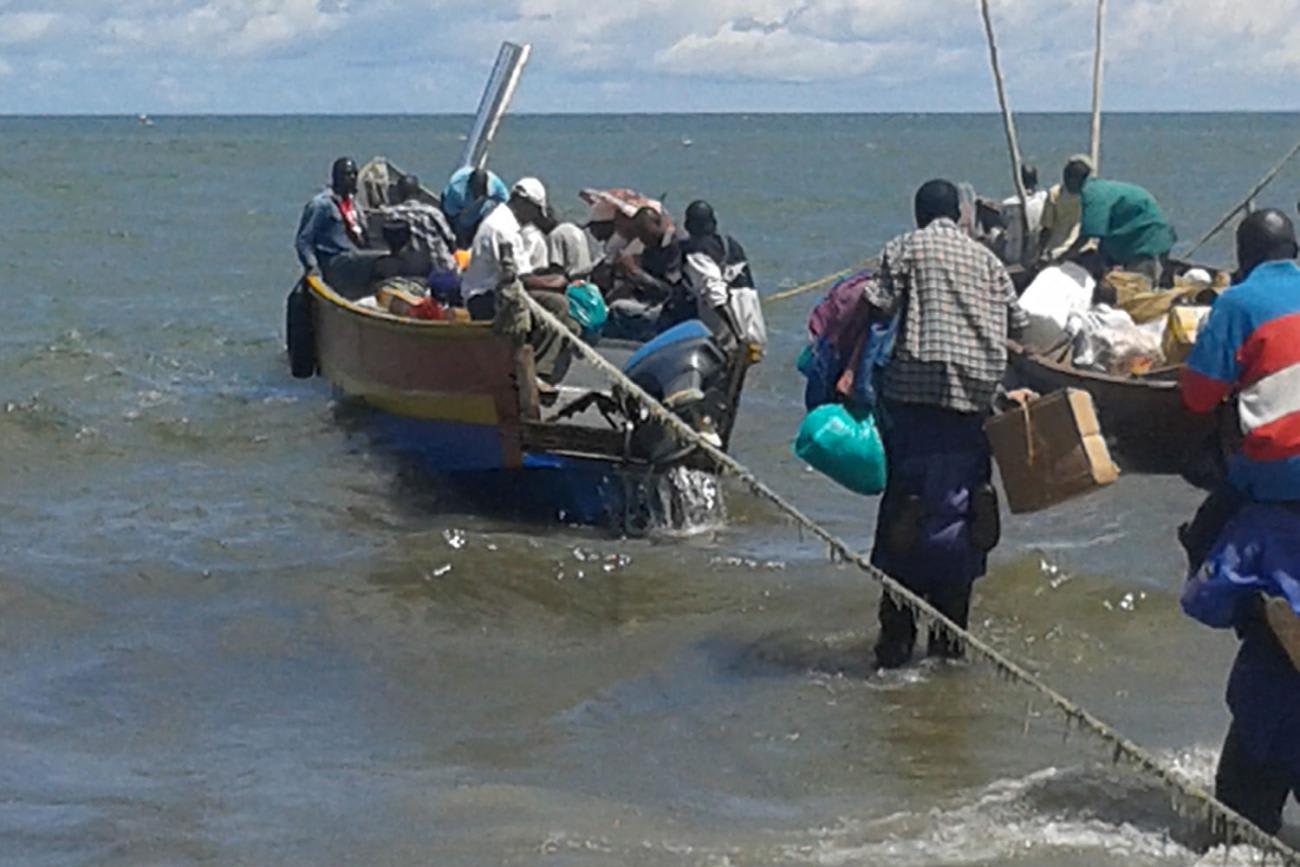
Some of them we don't need to invent. For instance, on small-vessel water safety, there are many other countries around the globe that have figured out things that can make small vessels safer, or even larger vessels safer, that we are not doing. I also think that while lifejackets might be somewhat costly—the kind of lifejackets that would, for instance, meet European or American standards—I think there is still the possibility that we could have those that are made in the [sub-Saharan African] region that are equally effective. And really, as I said, combining the different interventions so that we're not looking at a lifejacket that would keep somebody on the high waters for forty-eight hours, because maybe all they need is two hours so that somebody can rescue them. So I think we need to think creatively.
And to answer your question, what gives me hope is that some countries have been successful at using local data, and have managed to address local problems and reduce rates of drowning. So I think it can be done.
□ □ □ □ □
Think Global Health: What do you feel that people in the global health community generally don't understand about injuries or drowning?
KOBUSINGYE: I see two common misconceptions. One is that trauma care is too expensive and poor countries shouldn't really be thinking about trauma care. They should be thinking about how to treat infectious diseases, communicable diseases generally, and maternal and child health conditions.
Global health sometimes needs very concrete, maybe even simple, straightforward answers.
So I think sometimes it's because they haven't look at the data, because the data speak clearly that in order to prevent the majority of people who are seriously injured from dying or from having permanent disability, the interventions that are needed are not necessarily hugely expensive. They certainly are cheaper than the alternative. I think sometimes we haven't been clear, as advocates for acute trauma care, about what that constitutes and why we think it is possible even for poor countries.
The other one has to do with prevention. I think that global health sometimes needs very concrete, maybe even simple, straightforward answers. And injuries are complex. So when they ask what is important about injury and we say six different things, they get turned off. And even if we reduce it to two things, when they say, so what can we do about it, we don't have one straight [answer]. I'm not sure how better one can put it.
It always remains this problem that it's complex, and people don't want to deal with complex things.
It always remains this problem that it's complex, and people don't want to deal with complex things. They want to deal with can we provide a vaccine, or can we provide this one antibiotic that is going to change this, or one antimalarial that is the first line of treatment—and trauma doesn't do that. And so I think the understanding for global health that we can't provide you one straight answer, but let's look at where the burden is, what it is and what priorities we can set even given those complexities—so that instead of being turned off and doing nothing, we face it squarely and say: OK, it's a complex problem, but it still can be broken down so that we have priorities, and so we can say what are the three important things that we need to do in terms of primary prevention.
□ □ □ □ □
Think Global Health: Would you comment on the importance of data—particularly local data—in finding these priorities?
KOBUSINGYE: Yes, yes—absolutely. I think once we have local data, then we can provide those specific answers. We can say if we had money, this is where we'd invest it, and in this one thing or in these two things, because this is what the data says for this country or for this region. And data is not something that many people want to invest in. A lot of people want to say, but don't you know enough? Yeah, sure. If we'd gone with Bangladeshi data we'd never have found that, actually, drowning is very different in Uganda than in Bangladesh.
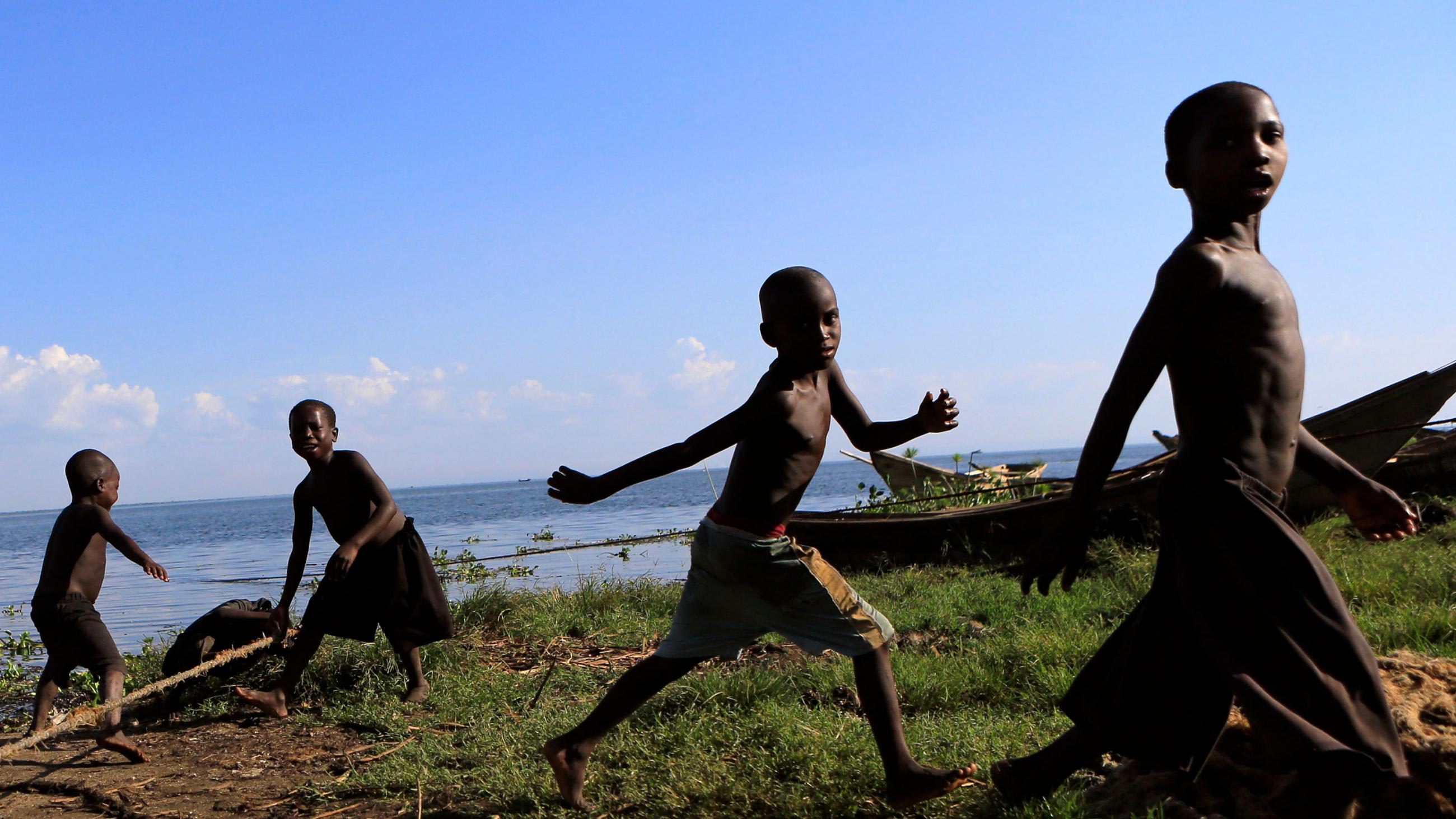
EDITOR'S NOTE. Bloomberg Philanthropies, mentioned by the interviewee as a funder of her research, is a funder of Think Global Health. This interview was conducted by phone. What is printed here was taken verbatim from the transcript but edited slightly for length and clarity.
